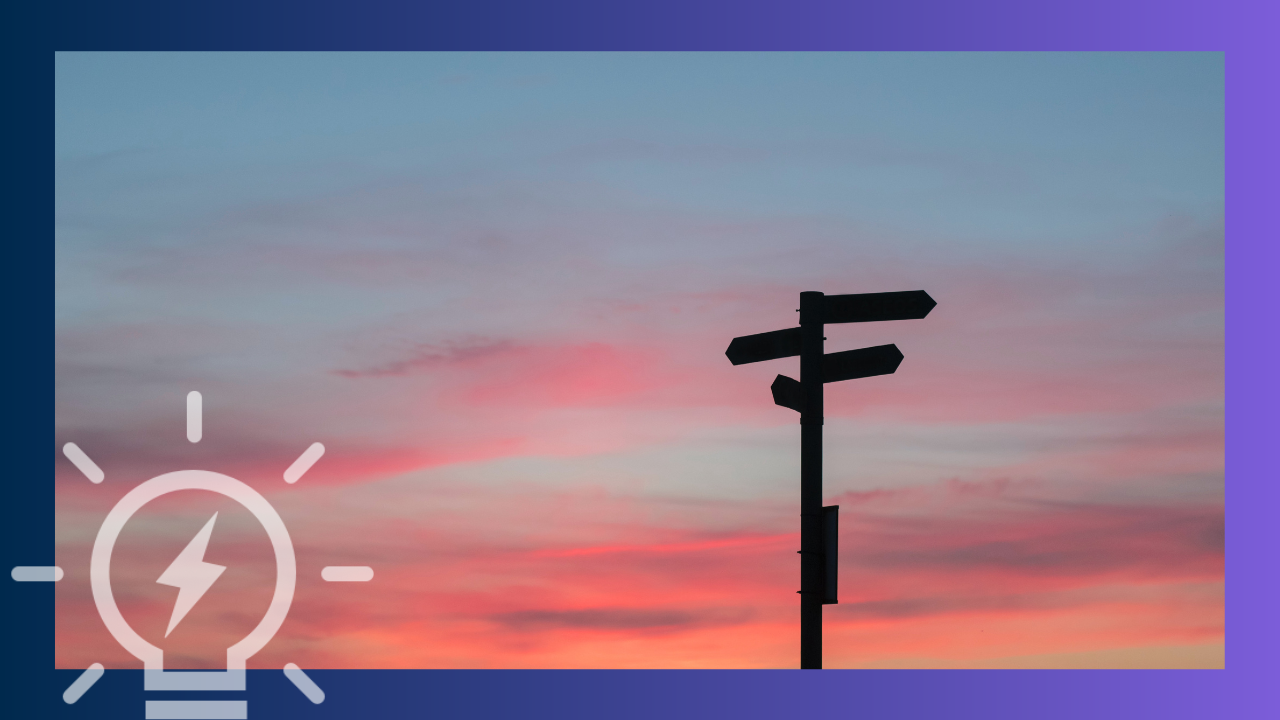Getting your new learning management system in place first can help the roll-out of the rest of your new HR tech stack.
Whether your company is growing from SME to mid-market, adapting for a digital transformation, or you’re simply upgrading your systems, there are a lot of considerations when reviewing your HR Tech Stack.
For instance: what components of your tech stack do you need most? What are the priorities for the HR team and for the business was a whole? What makes most technical sense to implement first? And how can you avoid overwhelming teams with too many new systems, especially if they don’t play together seamlessly?
To get the best outcomes—and to avoid disruption and complexity—you need to be lean and strategic in how you go about your upgrade.
Here is our advice for what to consider when building your tech stack, the tools you might need, and how best to go about integrating and deploying them.
What is a HR tech stack and why do you need one?
First things first. Basically, your HR tech stack is the toolkit of digital resources you need to manage the different facets of your company’s human resources: recruitment; payroll; learning and development; performance; communications and so on.
So, what tools should a good HR tech stack include?
Typically, the core HR components include:
- Cloud-based HR Information Systems (HRIS) to manage onboarding, payroll and benefits, time tracking and compliance
- Applicant Tracking System (ATS) for sourcing and screening your new hires
- Learning Management System (LMS) for administering and tracking L&D programs
- Workplace productivity tools, to enable collaboration, communication, messaging, content sharing
- Performance management tools, for reviewing and nurturing staff, setting goals and conducting development conversations
In fact, Josh Bersin lists no less than 12 categories, adding wellbeing management, engagement and culture, transparency and diversity and inclusion. [1]
That’s a lot to cover, and it can be a bit mind-boggling trying to decide what’s best for your needs. Here’s where you need to prioritise, to decide on your essentials, and figure out where to begin.
What to consider when choosing your HR stack
To begin, you need to know what your requirements and priorities are. You also need to know what tools and processes you already have on hand. Are they working for you? If not, what do you need to improve or replace them?
Make sure to define your budget for purchasing, implementing and administrating these processes or systems. And when it comes to selecting new technology for your HR stack, you need to know the right questions to ask yourself and potential vendor partners.
One crucial consideration here is to ensure the tools you choose can operate together smoothly. Look for tools with an open API or good quality off-the-shelf integrations, so that they connect with each other and don’t end up causing you more headaches than they solve.
To help you think through all of this this, check out our guide for preparing to select new software.

|
Where to begin with building your HR stack
It might seem intuitive to start by getting your HRIS in place first. After all, it’s where employee records live, so surely that should be your single point of truth, and be in place first, right? Not necessarily. There's a lot to be said for rolling out a learning and talent development platform at the same time—or even before—the HRIS.
Firstly, let’s debunk the myth that you need an HRIS in place to set employees up on an L&D system. A learning suite like Learn Amp allows HR to set up users directly and securely by integrating with authentication tools like MS Azure or Okta. Also, by supporting Excel and CSV imports, such platforms can capture and store data from other sources and sync with the HRIS at a later stage.
Secondly, your HR tech stack needs to support the whole employee journey, from hire to eventual departure—especially with more dispersed and hybrid workforces. Employees will rarely need to interact with an HRIS, beyond performance management. But if you have consolidated your systems within a single, unified learning platform, you can cover the full employee experience, including performance management, while also getting the critical insights you need.
It’s worth noting that an all-in-one platform doesn’t mean you have to sacrifice flexibility. Platforms like Learn Amp offer best-of-breed integrations for driving people development and engagement, while being easily adaptable to meet changing business needs.
And of course, a learning platform is the ideal tool for launching new systems, such as an HRIS—supporting key aspects of change management, training, alignment, reskilling and adoption of your new tech across the business.
All told, it’s worth considering an all-in-one first or alongside an HRIS, as it can help you deliver the best joined-up employee journey, driving greater efficiencies with more cohesive and holistic reporting.

|
4 ways Learn Amp can cover HR needs
When it comes down to it, the point of a HR tech stack is to attract, develop, manage and retain talent throughout their employee journey - which is very much the central aim of a learning and development department too.
Here are 4 ways Learn Amp’s learning ecosystem can support your HR processes:
1. Recruiting and onboarding
From broader training (company culture, compliance training, etc.) to bespoke learning pathways, new hires can get a consistent yet customised introduction to the company, while HR teams can track, monitor and assess progress and completion.
2. Learning and Development
LMS features and LXP tools, combined with best-of-breed e-learning libraries and content authoring tools, enable learners to access relevant, engaging, performance-focused learning. AI-powered learning recommendations and intelligent nudges take over the task of personalising learning and driving development outcomes.
3. Communication and engagement
LinkedIn-style learner profiles, along with intranet-style communication and engagement tools, encourage collaborative and social learning, while also maintaining a cohesive company culture—even for remote and hybrid teams.
4. Progression and performance
Employees can shape learning pathways and development goals around areas to improve performance and help them progress, while managers and HR can track too. Alignment, feedback, regular check-ins and 1-to-1s keep progression on track and keep staff engaged and focused on their goals.
By using the same platform for talent development and L&D, performance outcomes can be seamlessly linked with ongoing, goal-oriented learning.
Set your tech stack up for impact
Getting your HR tech stack right will allow the systems to do the heavy lifting and keep your team lean and streamlined, so they can handle all your company’s people processes with ease and efficiency.
With so much overlap with HR tools, it is critical to stay laser-focused on what features you need to deliver the best possible employee experience and the best business outcomes. For the best results, always look to consolidate your systems, and think through how and when to select and implement your systems. This way you can ensure the smoothest deployment of your whole HR tech stack, and most impactful solution for your HR teams and employees alike.
To find out how Learn Amp can benefit your HR technology strategy request a demo.



